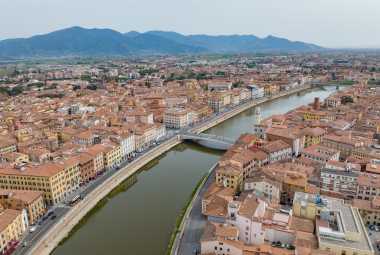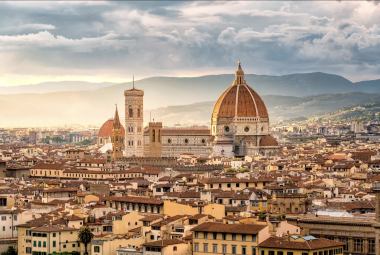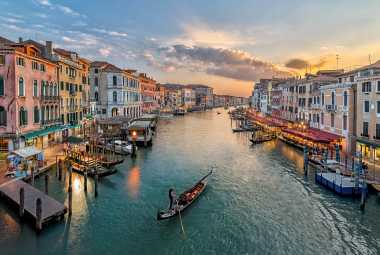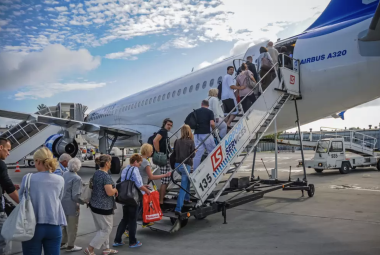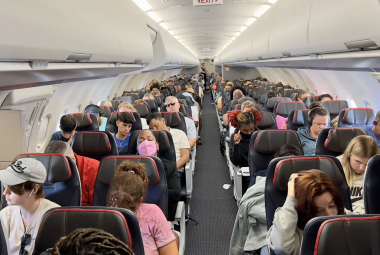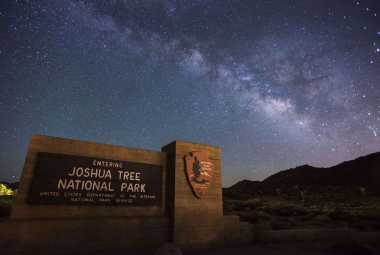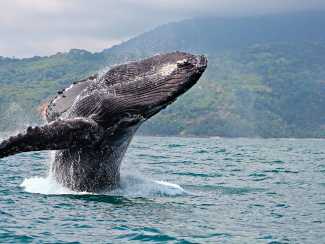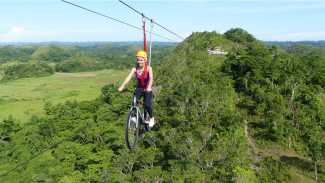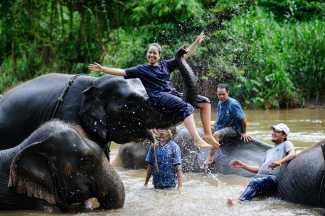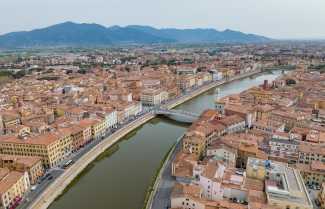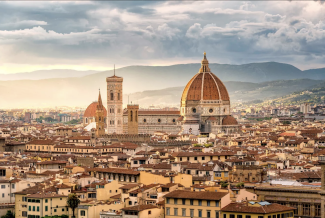Image by Vacation Mode
*Vacation Mode is a for-profit site. It contains paid banner advertisements that are generated and managed by a third-party network. This site also includes relevant affiliate links (both in the content and on the sidebar) all of which we do our best to clearly mark as such.
Are you tired of fast-paced, cookie-cutter vacations? Do you yearn for a meaningful and immersive travel experience? If so, slow travel might be just what you need. In this article, we'll explore the concept of slow travel, its benefits, and how you can incorporate it into your next trip.
Key Takeaways:
- Slow travel allows for a deeper, more meaningful experience while also promoting sustainable tourism.
- The principles of slow travel include slowing down, connecting with locals, embracing slower transportation, and minimizing environmental impact.
- To plan a slow travel trip, choose a destination, research local culture and customs, plan slow transportation, stay in locally-owned accommodations, and engage in local activities and experiences.
What Is Slow Travel?
Slow travel is a mindset and approach to traveling that prioritizes quality over quantity. It involves taking the time to fully immerse oneself in the local culture and embracing a slower pace. Slow travel is all about connecting with the destination, its people, and its traditions. It encourages a deeper understanding and appreciation of a place, rather than simply rushing from one tourist attraction to another. This type of travel also promotes sustainable practices and supports local communities.
So, what exactly is slow travel? It's about slowing down, being present, and creating meaningful and authentic travel experiences.
Why Is Slow Travel Becoming Popular?
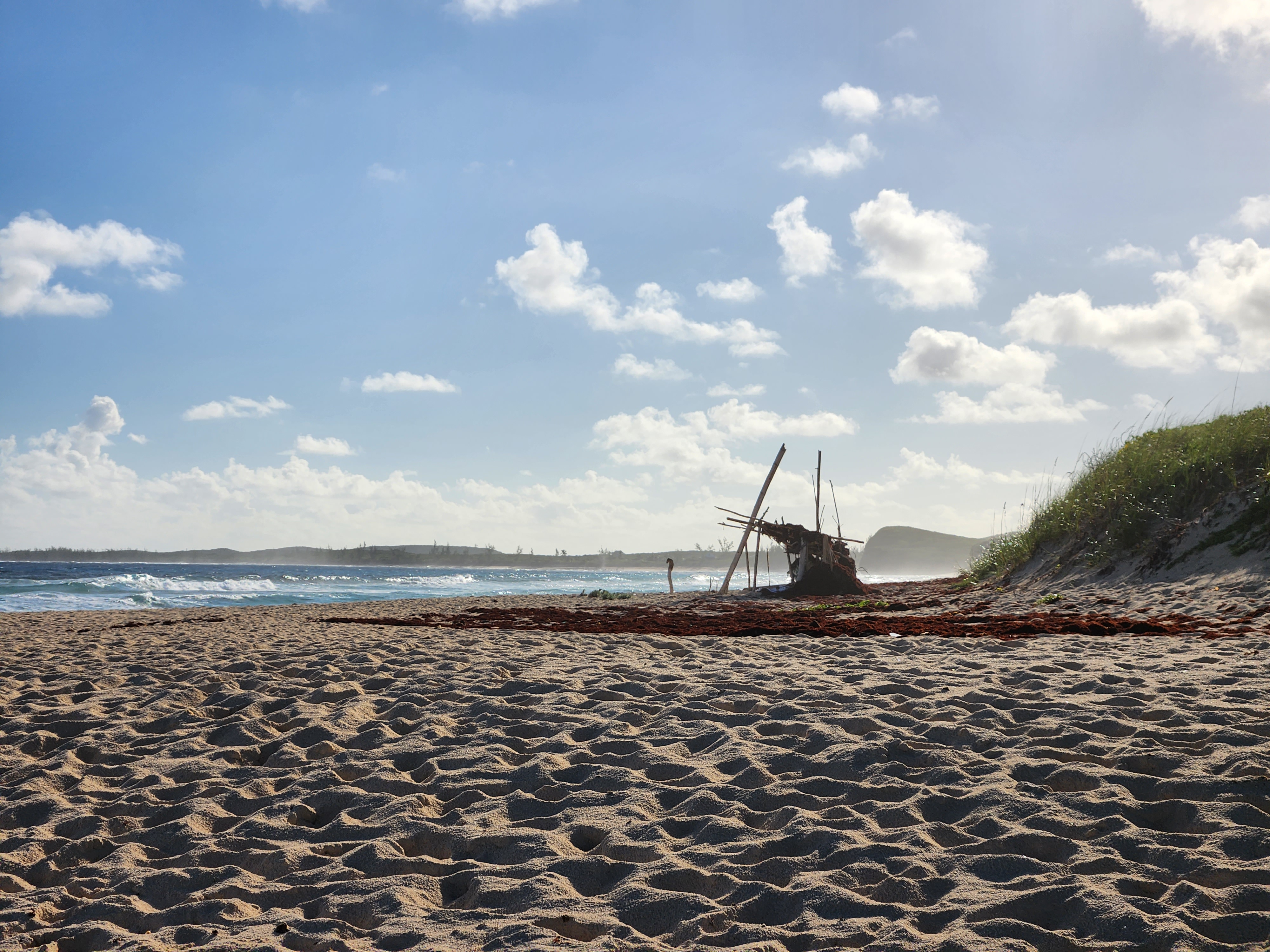
The trend of slow travel is on the rise for several reasons. Firstly, it provides an opportunity for travelers to fully immerse themselves in local cultures and communities, leading to a deeper understanding and appreciation of different lifestyles. Secondly, it promotes sustainable tourism by minimizing the environmental impact of travel. Thirdly, slow travel encourages a more relaxed pace, allowing individuals to unwind, recharge, and disconnect from the fast-paced world.
Additionally, it offers one-of-a-kind and authentic experiences that cannot be replicated in rushed trips. Overall, the growing desire for meaningful experiences and a more balanced approach to travel is fueling the increasing popularity of slow travel.
Sustainable Tourism
Sustainable tourism, also known as slow travel, promotes environmental sustainability while accommodating the increased demand for tourism. By adopting a slower pace of travel and minimizing carbon emissions, slow travellers have a lower impact on the environment. They prioritize experiencing local cultures, supporting local economies, and reducing waste. Slow travellers choose eco-friendly accommodations, use public transportation or walk, and seek authentic experiences. Sustainable tourism fosters a deeper connection with destinations and encourages responsible tourism practices. It is a conscious choice that allows travellers to make positive contributions to the environment and local communities.
Cultural Immersion
Slow travel allows for deep cultural immersion, providing an opportunity to connect with local people and experience their way of life. It encourages travelers to embrace the local customs, traditions, and values of the destinations they visit. One way to immerse oneself in the culture is through exploring traditional cooking methods and indulging in regional cuisine. For example, when visiting Italy, taking a cooking class to learn how to make authentic pasta or pizza can be a memorable cultural experience. These immersive encounters create lasting memories and a deeper appreciation for the local culture.
True History Example: In the early 1900s, American journalist Nellie Bly embarked on a journey around the world, documenting her travels and experiences in different cultures. During her travels, she immersed herself in local customs, learning about traditional cooking methods and regional cuisine. Bly's writings not only introduced Western audiences to new cultures but also highlighted the importance of cultural immersion and understanding in travel. Her experiences serve as a testament to the transformative power of slow travel and its ability to connect people across borders and foster cultural understanding.
Personal Growth
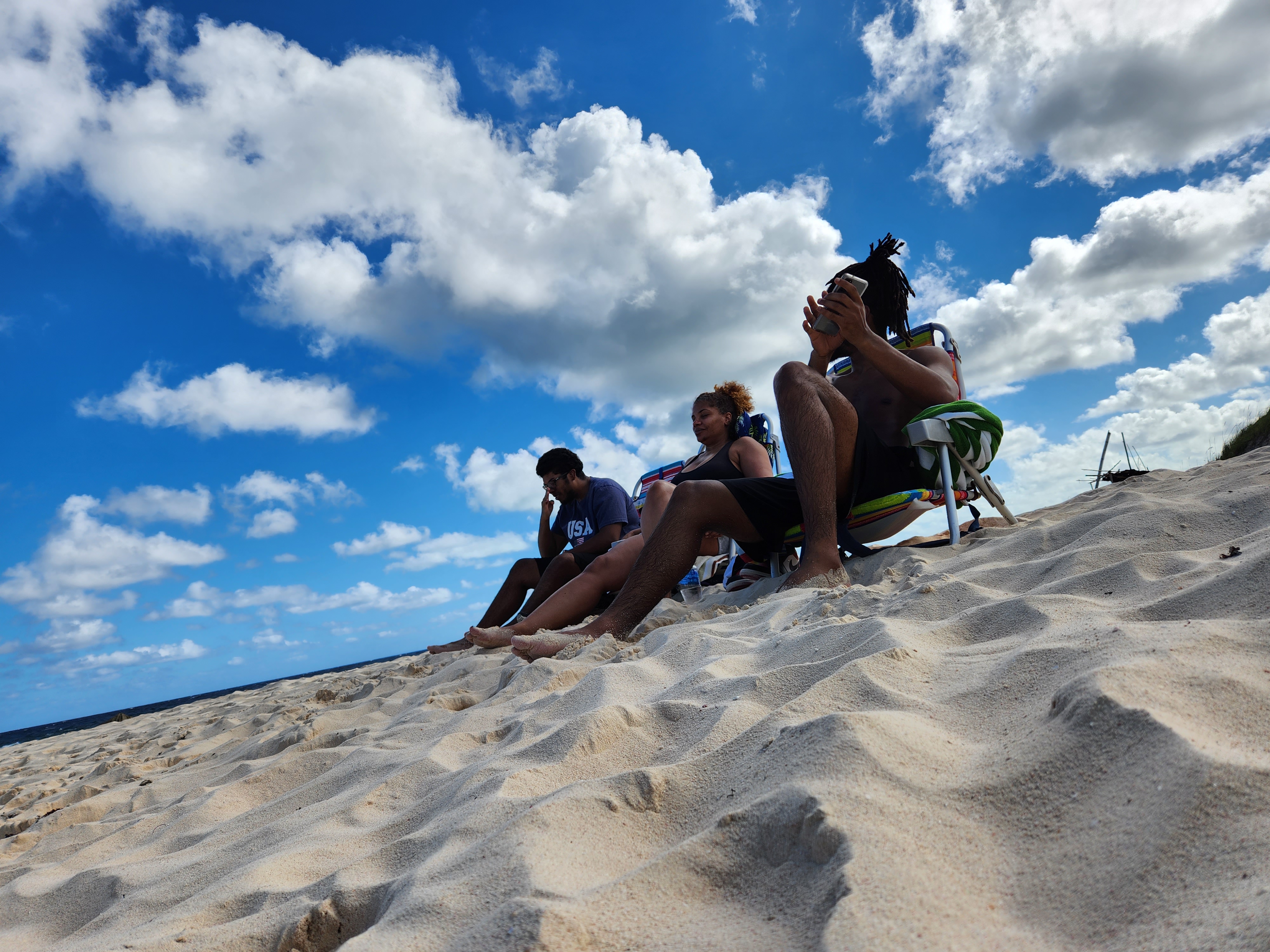
Slow travel has a profound impact on personal growth, offering opportunities for self-reflection, cultural immersion, and meaningful connections. Here are steps to cultivate personal growth through slow travel:
- Engage with locals, learning about their customs, traditions, and perspectives.
- Practice mindfulness, being present in the moment and appreciating the beauty around you.
- Embrace slow food movement, savoring local cuisine and understanding its cultural significance.
- Immerse yourself in nature, taking time to explore and appreciate the environment.
- Reflect on experiences, journaling or meditating to gain insights and foster self-awareness.
Suggestions:
- Participate in a cooking class to learn traditional recipes.
- Volunteer with local communities to contribute and learn from them.
- Attend cultural festivals or events to experience the local traditions.
By embracing slow travel, you can embark on a transformative journey that fosters personal growth and leaves a lasting emotional impact.
Cost-Effective
Slow travel is not only a relaxing and mindful way to explore the world, but it can also be cost-effective. By staying longer in one place, you can take advantage of discounted rates for accommodations and transportation. Additionally, slow travel allows you to immerse yourself in the local culture and find affordable dining options.
Remote jobs can also be a game-changer, as you can work from anywhere while experiencing different industries and embracing the same concept of slow travel. For example, my friend Sarah works remotely as a graphic designer and has been able to travel extensively without breaking the bank.
What Are The Key Principles Of Slow Travel?
Slow travel is not just a way of exploring, but a mindset that values quality over quantity. The fundamental principles of slow travel include:
- Taking your time: Embrace a slower pace, allowing yourself to truly connect with the destination.
- Immersion: Immerse yourself in the local culture, interacting with locals and experiencing their authentic way of life.
- Sustainability: Make conscious choices to minimize your environmental impact by opting for eco-friendly transportation and accommodations.
- Authenticity: Avoid tourist traps and seek out genuine experiences.
- Mindfulness: Stay present and appreciate the small moments during your travels.
By following these principles, slow travel offers a more meaningful and enriching travel experience.
Slowing Down

Slowing down when practicing slow travel not only allows for a more meaningful and enriching experience, but also reduces stress and burnout. Here are some steps to help you slow down during your travels:
- Step back from the itinerary: Avoid cramming too many activities into your schedule and allow for flexibility and spontaneity.
- Embrace slower modes of transportation: Opt for walking, cycling, or taking local public transportation to appreciate the journey.
- Take time to connect with locals: Engage in conversations, learn about their culture, and build genuine connections.
- Immerse yourself in nature: Spend time outdoors, whether it's hiking in a national park or strolling through a local garden.
- Practice mindfulness: Be fully present in the moment, savoring the sights, sounds, and tastes of your surroundings.
Pro-tip: Slowing down not only enhances your travel experience, but also reduces stress and burnout, allowing you to truly rejuvenate and appreciate the beauty of your destination.
Connecting With Locals
Connecting with locals is a crucial aspect of slow travel, as it allows travelers to fully immerse themselves in the local culture and have an authentic experience. By engaging with local residents, travelers can gain unique insights into the destination that cannot be found in guidebooks or tourist attractions. This can include learning about local customs and traditions, trying traditional cuisine, or participating in local activities and events. Developing connections with locals can also result in meaningful friendships and foster a sense of community, ultimately enhancing the overall travel experience.
Slow travel encourages travelers to take the time to nurture these connections and truly engage with the local community.
Embracing Slow Transportation
When embracing slow travel, choosing slow transportation methods can enhance the overall experience. Instead of quick trips on planes or trains, opt for alternative modes of transport like bicycles, boats, or even walking. These methods allow you to immerse yourself in the surroundings and appreciate the journey itself. Slow transportation not only reduces your carbon footprint but also encourages a deeper connection with the places you visit.
Pro-tip: Create an extensive list of destinations and plan a slow travel itinerary to fully embrace the benefits of slow transportation.
Minimizing Environmental Impact
Slow travel is a sustainable way of exploring new destinations while minimizing environmental impact. Instead of rushing between popular tourist spots, slow travelers prioritize experiencing local culture, reducing carbon emissions. They support local economies by staying in locally owned accommodations, dining at independent restaurants that use regionally sourced ingredients, and avoiding chain-based establishments. By embracing slow travel, you can contribute to the preservation of the environment and cultural authenticity.
Pro-tip: Research and choose eco-friendly transportation options, such as biking or using public transportation, to further reduce your carbon footprint.
How To Plan A Slow Travel Trip?
Slow travel is a mindset and a way of exploring the world that prioritizes quality over quantity. When planning a slow travel trip, consider the following steps:
- Choose a destination that allows you to fully immerse yourself in the local culture.
- Take time to thoroughly research and understand the history, traditions, and customs of the place.
- Create a flexible itinerary that allows for spontaneous discoveries and interactions with the locals.
- Embrace slow modes of transportation, such as walking, cycling, or taking scenic train journeys.
- Stay in locally-owned accommodations to support the economy of the area.
- Savor the local cuisine and try traditional dishes.
- Engage in meaningful activities, such as volunteering, attending cultural events, or participating in workshops.
- Take time to relax and appreciate the beauty of your surroundings.
In 1806, philosopher Henry David Thoreau embarked on a slow travel journey when he spent two years living in a cabin near Walden Pond. His experience inspired his book, "Walden," which promotes a simpler and more intentional approach to life and travel. Thoreau's example continues to inspire modern-day slow travelers who seek a deeper connection with the places they visit.
Choose A Destination
When it comes to choosing a destination for your slow travel experience, there are a few factors to consider.
First, think about the pace of life in the location you're considering. Slow travel is all about immersing yourself in the local culture and taking your time to explore.
Second, think about the natural beauty of the destination. Slow travelers often seek out places that offer scenic landscapes and opportunities for outdoor activities.
Finally, consider adding some off-the-beaten-path locations to your bucket list. While major cities have their attractions, smaller towns and rural areas can offer a more authentic and peaceful experience.
Some suggestions for slow travel destinations include:
- Tuscany in Italy
- Ubud in Bali
- The Amalfi Coast in Italy
Research Local Culture And Customs
When practicing slow travel, it is essential to thoroughly research the local culture and customs of your destination. This allows you to immerse yourself in the authentic experiences of the community while respecting their traditions.
Explore traditional restaurants and local cuisines to support the local economy and deeply connect with the culture. By engaging with the locals and participating in their customs, you can gain a deeper understanding and appreciation of the destination. In doing so, you also contribute to the sustainability and preservation of the local culture and economies.
Plan Slow Transportation
When planning slow transportation for your slow travel experience, consider the following steps:
- Research transportation options that align with the principles of slow travel, such as trains, buses, or bicycles.
- Choose routes that allow you to enjoy the journey and take in the scenery, rather than focusing solely on getting to your destination quickly.
- Consider participating in a work and travel program that allows you to combine remote work with slow travel and experience the local culture more deeply.
- Pack light and bring essential items that will enhance your travel experience, such as a journal, camera, or comfortable walking shoes.
- Allow for flexibility in your itinerary to embrace unexpected detours or opportunities along the way.
True story: During my slow travel adventure, I decided to take a train from one city to another instead of flying. Not only did I get to enjoy the beautiful countryside views throughout the journey, but I also had the chance to strike up conversations with fellow travelers and learn more about the local culture. It was a truly enriching and memorable experience that would not have been possible with fast transportation methods. Additionally, I was able to combine my love for travel with my remote job, making it a truly fulfilling trip.
Stay In Locally-Owned Accommodations
When practicing slow travel, it is highly recommended to stay in locally-owned accommodations. These family-owned establishments not only offer a unique and authentic experience, but they also contribute to the local economy and culture. By choosing these accommodations, travelers can directly support the community and help divert business away from larger, corporate hotels.
For example, staying in a boutique bed and breakfast in a small village allows visitors to connect with the local culture and history, creating a more enriching travel experience.
Engage In Local Activities And Experiences
Engaging in local activities and experiences is a vital component of slow travel, allowing travelers to fully immerse themselves in the culture and connect with the local communities. To incorporate these experiences into your slow travel journey, follow these steps:
- Research: Prioritize finding activities and events that are unique to your destination.
- Connect with locals: Engage in conversations with locals to learn about their traditions, customs, and recommendations.
- Participate in local festivals: Attend cultural festivals and events to experience the rich traditions and celebrations of the community.
- Support local businesses: Contribute to the local economy by dining at local restaurants, shopping at local markets, and staying in locally-owned accommodations.
- Volunteer: Look for opportunities to give back to the community through volunteering or participating in local initiatives.
- Learn the language: Make an effort to learn some basic phrases in the local language to communicate and connect with locals on a deeper level.
By following these steps, digital nomads and travelers can fully embrace slow travel and build meaningful connections with the local communities.
Pack Light
When practicing slow travel, packing light is essential to fully embrace the experience. Here are some steps to help you pack light:
- Make a list of essentials and eliminate non-essential items.
- Choose versatile clothing items that can be mixed and matched.
- Opt for lightweight and compact travel accessories.
- Minimize toiletries by using travel-sized containers.
- Consider doing laundry during your trip to reduce the number of clothes you need.
True story: During my slow travel adventure in Italy, I packed light and embraced the local culture. I discovered traditional cooking methods using regionally sourced ingredients. By immersing myself in the local community, I not only experienced authentic flavors but also gained a deeper appreciation for the region's culinary heritage.
What Are The Benefits Of Slow Travel?
Slow travel offers a multitude of benefits for those seeking a more meaningful and immersive travel experience.
- Authenticity: It allows travelers to fully immerse themselves in the local culture, traditions, and way of life.
- Connection: It provides an opportunity to form deep connections with locals and build meaningful relationships.
- Sustainability: Slow travel promotes a reduced carbon footprint by choosing more sustainable modes of transportation and supporting local businesses.
- Mindfulness: It encourages a slower pace, being present in the moment, and appreciating the beauty of each experience.
During my slow travel adventure in a quaint village in Italy, I had the opportunity to live with a local family, learn their traditional cooking techniques, and participate in their daily activities. This immersive experience allowed me to form lifelong connections and create cherished memories.
Reduced Stress And Burnout
Slow travel offers a remedy for the modern epidemic of stress and burnout. By embracing a slower pace of travel, individuals can reduce stress levels and prevent burnout by allowing themselves time to relax and rejuvenate.
Slow travel encourages a more mindful and intentional approach to exploring new places, fostering a deeper connection with the destination. This can be achieved through slow transportation methods, such as walking or cycling, which not only contribute to a more sustainable travel experience but also provide an opportunity for physical activity and mental well-being. Embracing slow transportation can ultimately lead to a more fulfilling and balanced travel experience.
Suggestions for incorporating slow transportation into your next trip include:
- Exploring a single destination in-depth.
- Staying in locally-owned accommodations.
- Engaging in activities that promote relaxation and self-care.
Authentic Cultural Experiences
Slow travel offers an opportunity for authentic cultural experiences that have a profound emotional impact. Instead of rushing from one tourist attraction to another, slow travel encourages immersing oneself in the local culture. This includes interacting with locals, visiting traditional restaurants, and participating in cultural events. By embracing the pace of the destination, travelers can truly connect with the people and traditions, gaining a deeper understanding and appreciation of the place they are visiting.
Slow travel allows for meaningful experiences that go beyond surface-level tourism.
Positive Impact On Local Communities
Slow travel has a positive impact on local communities by supporting local farming and benefiting local residents. Travelers who embrace slow travel immerse themselves in the local culture, staying in locally-owned accommodations and dining at local restaurants. They actively seek out experiences that directly contribute to the community, such as participating in local festivals or supporting local artisans. By spending their money directly within the community, slow travelers help to boost the local economy and preserve the cultural heritage of the destination. This sustainable form of travel fosters a deeper connection between travelers and the local community, creating a more authentic and meaningful experience for both parties.
Environmental Sustainability
Slow travel promotes environmental sustainability by prioritizing local experiences, reducing carbon footprint, and supporting local economies. Travelers can contribute to sustainability by choosing eco-friendly accommodations, using public transportation, and participating in nature conservation activities. Slow travel also aligns with the principles of the slow food movement, prioritizing ingredients sourced from the region and supporting local farmers and producers.
To practice environmental sustainability while traveling, consider visiting farmers' markets, dining at farm-to-table restaurants, and exploring local food traditions. These choices not only minimize environmental impact, but also provide an authentic and enriching travel experience.
FAQs about What Is Slow Travel?
What is slow travel?
Slow travel is an approach to travel that prioritizes connecting with local people, cultures, and communities. It emphasizes taking time to fully experience a destination, rather than rushing through a checklist of tourist attractions.
What are some examples of slow travelling activities?
Some examples of slow travelling activities include visiting local markets, participating in cultural workshops or classes, and spending time in nature.
How does social media impact slow travel?
Social media can sometimes encourage fast and furious travel, as people try to visit as many trendy or popular destinations as possible for the sake of their online presence. This can take away from the slow travel experience of truly immersing oneself in a destination.
What are the drawbacks of increased tourism on slow travel?
Increased tourism can lead to the development of chain-based restaurants and businesses, taking away from the authenticity and sustainability of local communities. This can make it harder to have a truly slow travel experience.
How does slow travel support family-owned establishments?
Slow travel encourages supporting local businesses, including family-owned establishments, rather than larger chain-based ones. This can help to sustain and preserve the authentic cultural experiences of a destination.
How is slow travel applicable to different industries?
The concept of slow travel can be applied to various industries, as it emphasizes the importance of quality over quantity. This can mean taking time to truly experience a destination, whether it be through food, art, or cultural activities, rather than rushing through a checklist of popular tourist spots.


